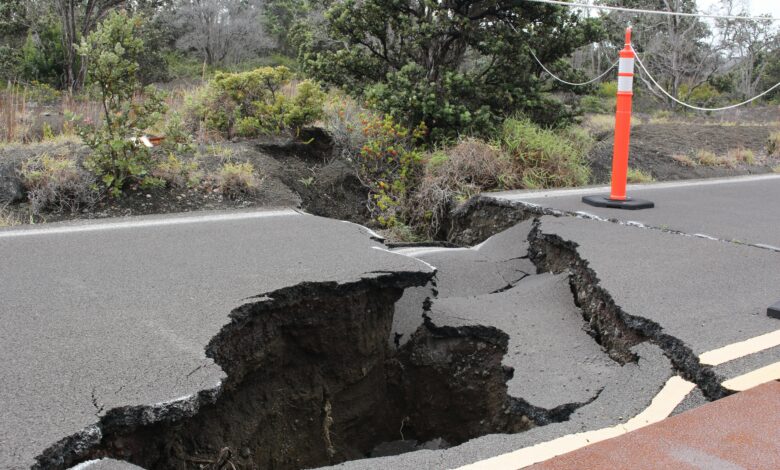
Japan is on high alert after a 7.1-magnitude earthquake struck its southern islands on Thursday. In an unprecedented move, the Japan Meteorological Agency (JMA) issued its first-ever “megaquake advisory,” warning that a larger and more devastating earthquake could occur in the coming week. The advisory cautions that the risk of strong seismic activity and a potential tsunami is significantly higher than usual along the Nankai Trough, a known subduction zone with the capacity to produce earthquakes of magnitude 8 or 9.
The JMA’s message is not a direct prediction but a forecast of heightened seismic risk. This advisory highlights the advancements made by seismologists in understanding the complex dynamics of subduction zone earthquakes, where one tectonic plate is forced under another, accumulating stress over time. The Nankai Trough is a particularly concerning area due to its history and geological characteristics.

The Nankai Trough is located off Japan’s southeastern coast, where the Eurasian Plate collides with the Philippine Sea Plate, forcing the latter beneath the former and deep into the Earth’s mantle. Over time, stress builds up in these subduction zones, and when the stress is released, it results in a megathrust earthquake. These types of earthquakes are responsible for some of the most powerful seismic events in Earth’s history, including the 2011 Tōhoku earthquake that devastated northeastern Japan.
Japan sits within the Pacific “Ring of Fire,” a vast region characterized by numerous subduction zones, where tectonic plates collide, resulting in frequent and often powerful earthquakes. Similar subduction zones exist in other parts of the world, such as the Cascadia subduction zone off the West Coast of North America, which stretches from Vancouver Island, Canada, to Northern California.
The Nankai Trough fault is divided into several segments, each capable of generating significant seismic activity. However, if the entire margin of the fault were to slip simultaneously, Japanese scientists estimate that it could trigger an earthquake as powerful as magnitude 9.1. Such an event would have catastrophic consequences for Japan, particularly for regions near the southeastern coast.
If a megaquake were to occur along the Nankai Trough, the Philippine Sea Plate could shift dramatically, potentially moving by as much as 30 to 100 feet. This sudden displacement would cause intense shaking across the affected regions. Additionally, the vertical movement of the seafloor would likely generate a massive tsunami, with waves possibly reaching heights of up to 100 feet. These waves would pose a significant threat to coastal communities, potentially leading to widespread devastation.
The JMA’s advisory serves as a critical reminder for residents in the affected areas to prepare for the possibility of a megaquake. Authorities are urging people to have emergency supplies ready, know evacuation routes, and stay informed about the latest developments. While it is impossible to predict exactly when or if a megaquake will occur, the heightened risk emphasizes the importance of vigilance and preparedness in a region where seismic activity is a constant concern.
As Japan braces for the potential of a larger earthquake, the world watches closely, aware of the nation’s resilience but also mindful of the immense challenges posed by nature’s most powerful forces.
Follow us on Instagram, YouTube, Facebook, Whats App, and TikTok for latest updates.




